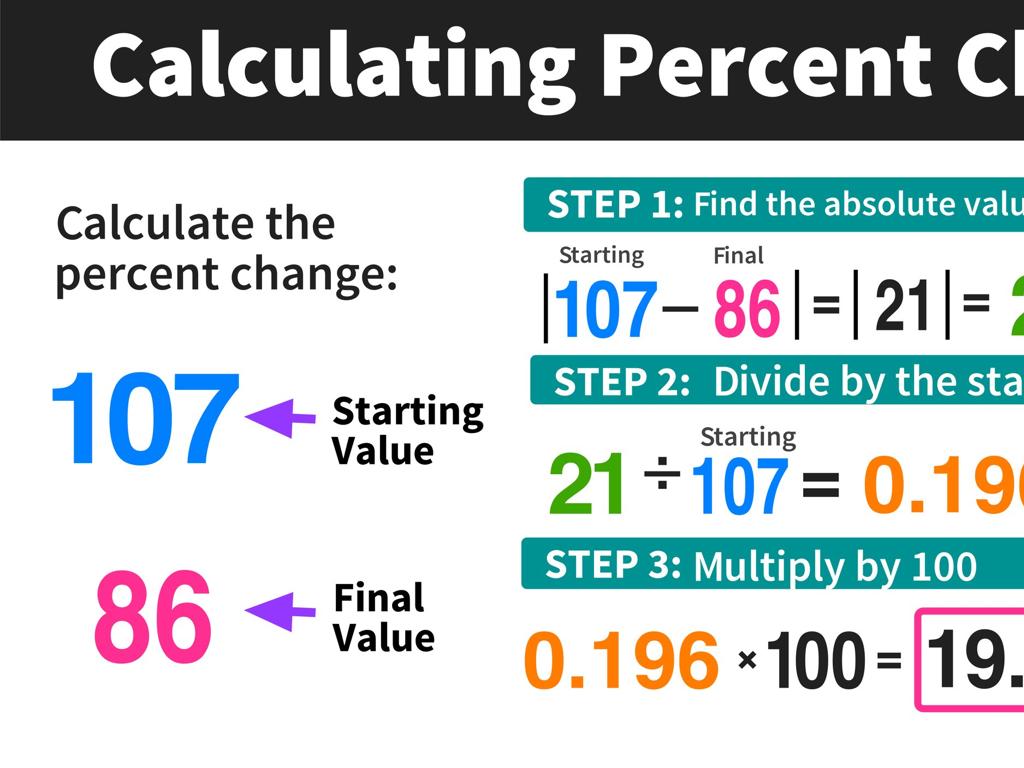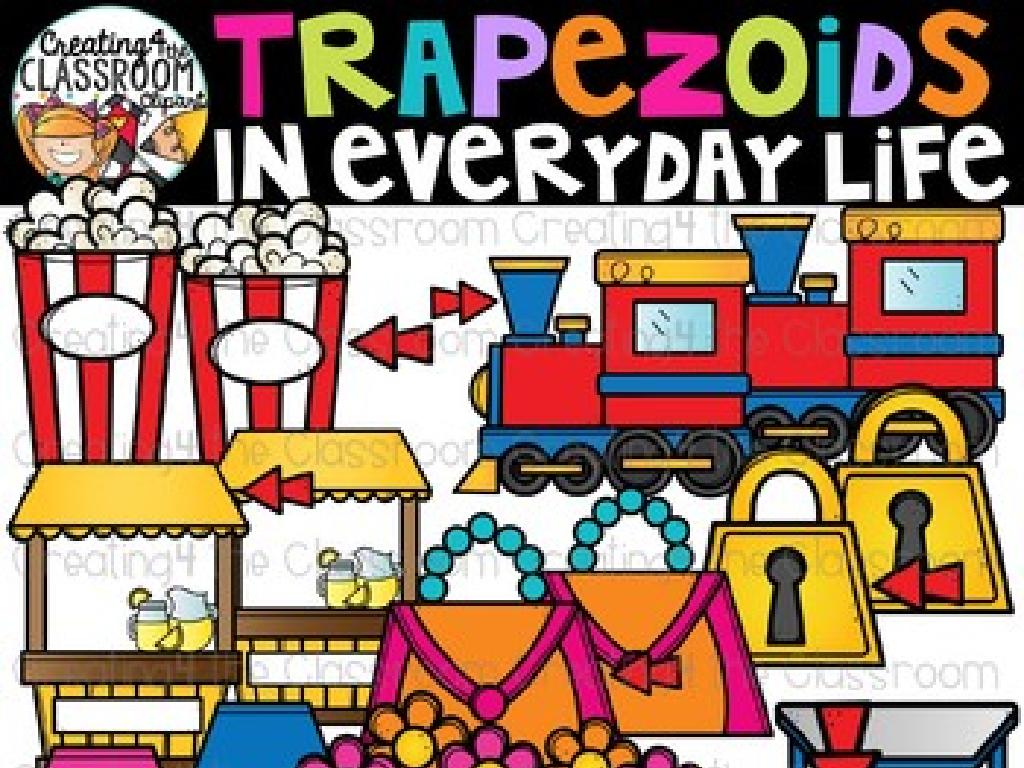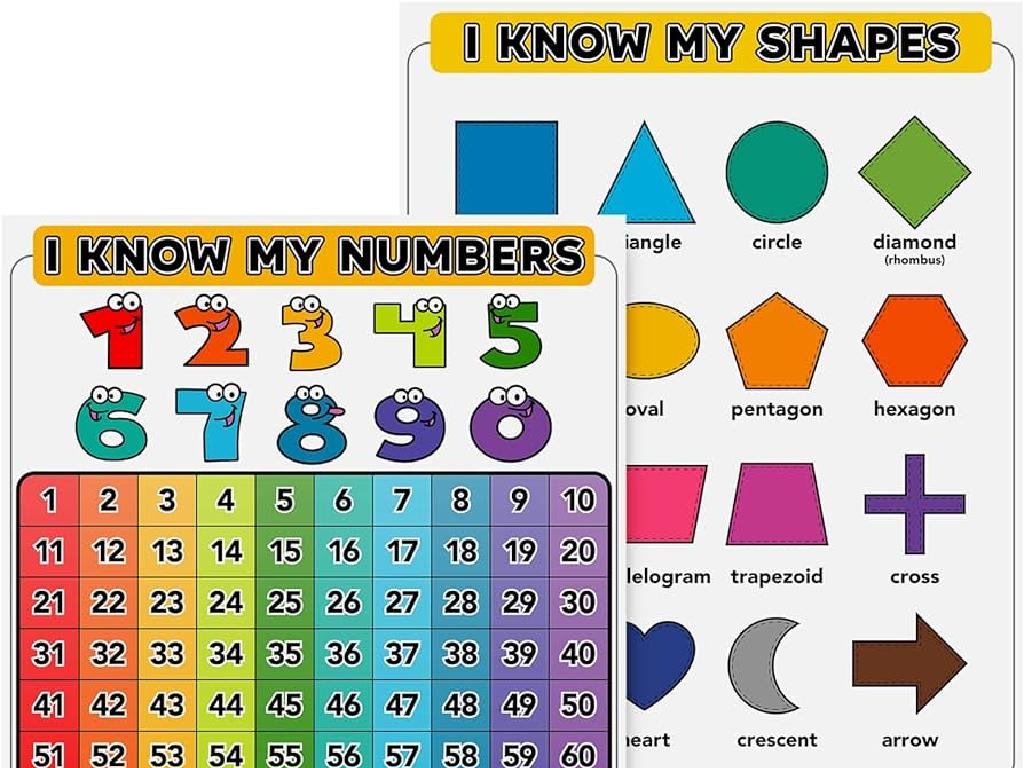Write And Solve Equations For Proportional Relationships
Subject: Math
Grade: Seventh grade
Topic: Proportional Relationships
Please LOG IN to download the presentation. Access is available to registered users only.
View More Content
Understanding Proportional Relationships
– Proportions in daily life
– Ratios that are equal, like recipe adjustments or map scales
– Defining proportional relationships
– Two quantities maintain a constant ratio
– Examples of proportionality
– Mixing paint colors, speed and travel time
– Solving proportional equations
– Use cross-multiplication to find unknowns
|
This slide introduces students to the concept of proportional relationships by connecting it to familiar everyday situations. Begin by explaining proportions as ratios that are equal, which they might have seen in cooking or using a map. Define proportional relationships as scenarios where two varying quantities maintain a consistent ratio. Provide relatable examples such as mixing paints to get a desired color or calculating speed in relation to travel time. Teach students how to solve for unknowns in proportional relationships using cross-multiplication and setting up equations. Encourage students to think of other examples where they encounter proportional relationships in their lives.
Defining Proportions in Math
– Proportion: A mathematical comparison
– A proportion is an equation stating two ratios are equal, e.g., 1/2 = 2/4
– Identifying proportions in problems
– Look for two ratios that express the same relationship
– Understanding equivalent ratios
– Ratios that have the same value when simplified, e.g., 3/6 and 2/4 are equivalent
– Solving proportional relationships
– Use cross-multiplication to find missing values and solve equations
|
This slide introduces the concept of proportions, which are fundamental in understanding proportional relationships in mathematics. A proportion is essentially an equation that equates two ratios. Students should learn how to identify proportions by looking for pairs of ratios that express the same relationship. Understanding equivalent ratios is crucial as it allows students to recognize proportions in various forms. The slide also aims to teach students how to solve for unknowns in proportional relationships using methods like cross-multiplication. Encourage students to practice with real-life examples, such as cooking recipes or scale models, to solidify their understanding.
Writing Equations for Proportional Relationships
– Equation form y = kx
– Represents a proportional relationship between y and x
– Identifying constant k
– k is the ratio of y to x for all points on the line
– Creating equations from relationships
– Use k to write equations for given proportional situations
– Solving proportional equations
– Find values of x and y using the equation
|
This slide introduces students to the concept of writing and solving equations for proportional relationships. Begin by explaining the equation form y = kx, where k is the constant of proportionality and represents the consistent rate of change between y and x. Illustrate how to identify k by using examples where the ratio of y to x is constant. Then, guide students through creating equations from given proportional relationships in word problems or tables. Finally, demonstrate solving these equations by finding the values of x and y that maintain the proportionality. Provide practice problems for students to apply these concepts and solidify their understanding.
Solving Proportional Equations
– Steps to solve proportions
– Identify the proportion, set up the equation, and solve for the unknown.
– Cross multiplication method
– Multiply across the known corner and the unknown corner to find the value of x.
– Solve 4/5 = x/10 for x
– Using cross multiplication, 4/10 = x/5 leads to x = 8.
– Practice with different values
|
This slide introduces students to the concept of solving proportional equations. Start by explaining the steps to identify and set up a proportional equation. Emphasize the importance of cross multiplication as a reliable method to find unknown values in proportions. Use the example 4/5 = x/10 to demonstrate the process, showing that multiplying both sides by 10 gives 4/5 * 10 = x, which simplifies to x = 8. Encourage students to practice with different numbers to solidify their understanding. Provide additional practice problems for students to solve, ensuring they get hands-on experience with the concept.
Proportional Relationships in the Real World
– Proportions in cooking
– Recipes use ratios for ingredients, e.g., double a recipe.
– Map reading with proportions
– Scale on maps helps find actual distances, e.g., 1 inch = 10 miles.
– Art and design proportions
– Use ratios to maintain design symmetry and balance.
– Solving real-world proportions
|
This slide aims to show students how proportional relationships are used in everyday life. In cooking, proportions are essential for adjusting recipes to serve different numbers of people. When reading maps, understanding the scale is crucial to determine the actual distance between locations. In art and design, proportions are used to create aesthetically pleasing and balanced works. Encourage students to think of other examples where proportions are used and discuss how to set up and solve equations that represent these proportional relationships. Provide practice problems that involve creating equations based on real-world scenarios and solving for unknown variables.
Class Activity: Proportion Scavenger Hunt
– Search for proportions in class
– Write equations for proportions
– For example, if a shelf has 2 books for every 3 notebooks, the equation is 2/3 = books/notebooks.
– Share findings with classmates
– Discuss the concept of proportion
– Discuss how proportions are used in real-life situations.
|
This activity is designed to help students identify proportional relationships in a fun and interactive way. Students will look around the classroom to find examples of proportions, such as items arranged in a pattern or objects that are scaled versions of each other. Once they find a proportional relationship, they should write an equation representing it. After the scavenger hunt, students will gather and share their findings, explaining the proportions they found and the equations they wrote. Encourage discussion on how these proportions relate to real-life scenarios. Possible activities: measuring objects, comparing quantities of supplies, or analyzing patterns in artwork. This will reinforce their understanding of the concept of proportion in a tangible way.
Wrapping Up: Proportional Relationships
– Recap: Proportional Relationships
A quick review of today’s lesson on proportional relationships and their equations.
– Homework: Solve 5 equations
Practice by solving five different proportional equations as homework.
– Next Class: Graphing Proportions
We’ll explore how to represent these relationships graphically in our next session.
– Understand and prepare
Review today’s material and come ready to dive into graphing!
|
As we conclude today’s lesson, ensure students have a solid understanding of proportional relationships and how to write and solve equations representing them. For homework, assign five problems that require students to apply what they’ve learned to solve proportional equations. This will reinforce their skills and prepare them for the next class, where we will take these concepts further by learning how to graph proportional relationships. Encourage students to review their notes and come with questions for a more interactive next session.





